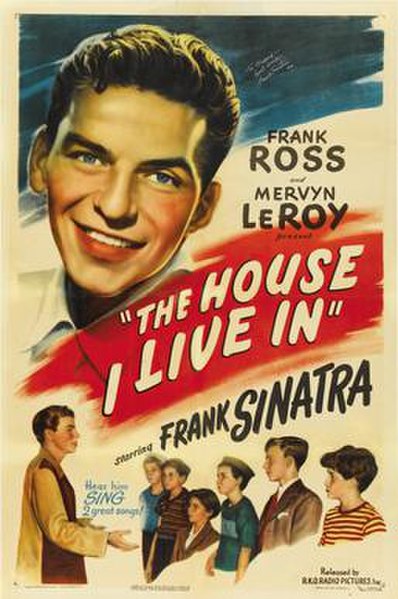
So you met someone
Who set you back on your heels,
Goody goody!
So you met someone
And now you know how it feels
Goody goody!
Well, you gave her your heart too,
Just as I gave mine to you
And she broke it in little pieces
Now, how do you do?
"Goody Goody" is the Schadenfraude of the Great American Songbook. While most songs of the period are known for their earnest, romantic and wistful lyrics, this peppy tune revels in a cheating lover getting jilted. Johnny Mercer penned the oh-you-rascal patter while his sometime-collaborator, jazz violinist Matty Melnick, contributed the swingin' music.
Originally performed by Helen Ward and the Benny Goodman Orchestra in the 1930s, Frankie "Why Do Fools Fall In Love" Lymon tweaked the genders and became well-known for the song in the late 1950's after breaking up with his group, The Teenagers. I think the song's even better with live back-up vocalists, which is why I'll recommend either Marie Adams and the Three Tons of Joy (performing with the Johnny Otis Band) or the Hi-Lo's. Those two performances showcase the stylistic possibilities of the song and its wide appeal. Also, notice how the Hi-Lo's broadcast was shot; it looks like a very early "Total Request Live," with the youngsters bopping infectiously in the foreground.
One other fun note: In her memoir, Grace Lee Whitney remembers the wrap party for the film "Some Like It Hot," where Melnick (who music-directed the movie) asked her to get up and sing "Goody Goody." She did -- accompanied by a live band and Jack Lemmon on piano.
 A-B-C-D-E-F-G-H
A-B-C-D-E-F-G-H






